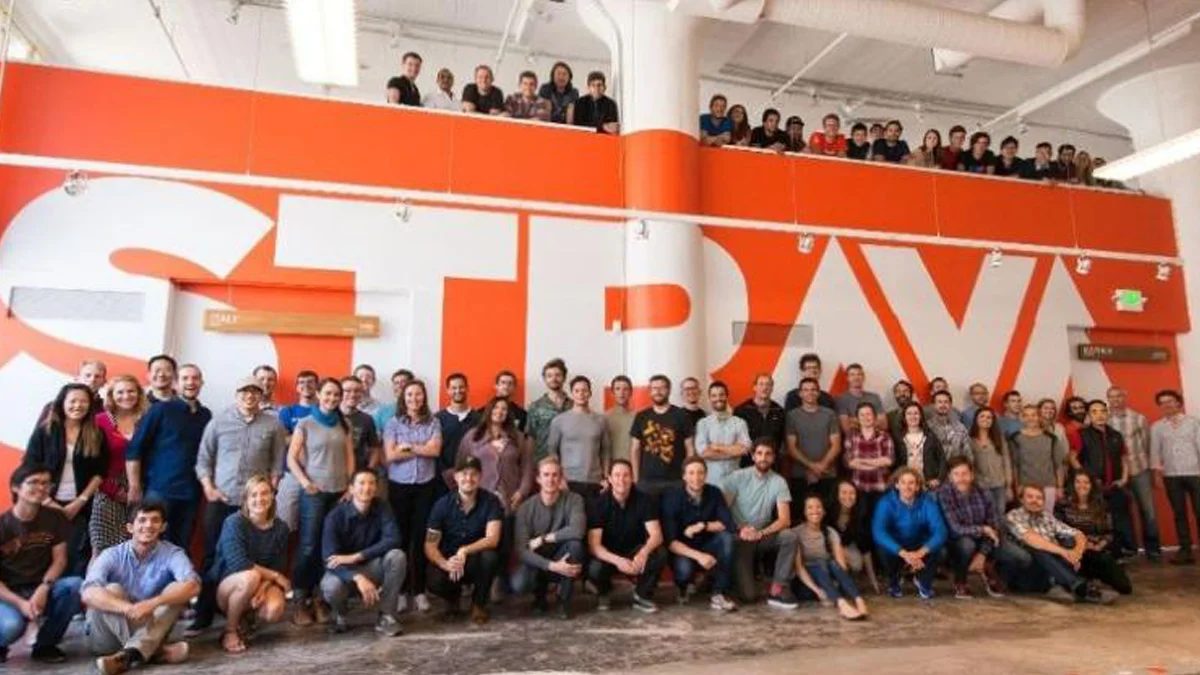Necessary Always Active
Necessary cookies are required to enable the basic features of this site, such as providing secure log-in or adjusting your consent preferences. These cookies do not store any personally identifiable data.
|
||||||
|
||||||
|
||||||
|

Strava, the well-known fitness tracking app, bought The Breakaway, a training app for cyclists, just weeks after it acquired Runna, an app for runners. According to TechCrunch, these back-to-back deals show that Strava is investing in fitness apps that offer personalized training plans for athletes.
Known for its social features and workout tracking, Strava now wants to do more. By adding tools like Runna and The Breakaway, it is turning into a full digital fitness platform. With over 150 million users, Strava aims to make fitness training smarter and more personal for runners and cyclists.
In April 2025, Strava acquired Runna, a UK-based running app with a team of 150 employees. Runna provides AI-powered training plans for all types of runners, from beginners to marathoners. It became popular quickly and raised $12.7 million before being bought.
Soon after, in May 2025, Strava bought The Breakaway, a cycling app that also uses AI to design custom training plans. This app started in Y Combinator’s 2021 program and has raised $3.03 million in funding.
These two apps now join the Strava fitness platform, helping the company offer more than just tracking. Strava CEO Michael Martin said that “Think about how runners plan routes in Strava, train with Runna, and then share back to Strava again—we want to reduce friction in that loop.”
He also praised The Breakaway’s team, calling it “a perfect fit for the Strava subscription.” With these acquisitions, Strava builds fitness tools that support both training and tracking.
The good news is that Runna and The Breakaway will remain standalone apps for now. You can still use them separately while syncing your data with Strava. This way, users get the best of both worlds, specialized training plans and Strava’s social and tracking features.
Strava also said that pricing will not change. A Strava subscription costs around $80 per year, Runna is $120, and The Breakaway is $70. Free versions of both training apps will still be available. This shows that Strava wants to add value without upsetting its user base.
Athletes often stick to what works for them, so it’s smart that Strava isn’t forcing any changes. Instead, it’s creating more ways to train better and track smarter, using connected apps that support different sports.
These recent purchases are part of a bigger plan. Strava raised new funding and is now valued at $2.2 billion. It is also expanding in fast-growing markets like Brazil and Indonesia. This global reach shows how serious the company is about the growth of digital fitness.
By adding top-quality apps like Runna and The Breakaway, Strava buys fitness apps not just for growth, but to offer a complete training experience. Whether you’re running a 5K or training for a cycling race, Strava wants to be your one-stop platform, from training plans to social sharing.
As Strava continues to grow, users can expect smarter features, better coaching, and a more connected fitness journey, all in one place.